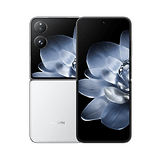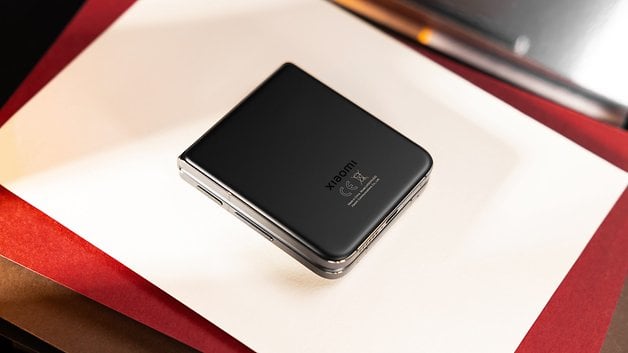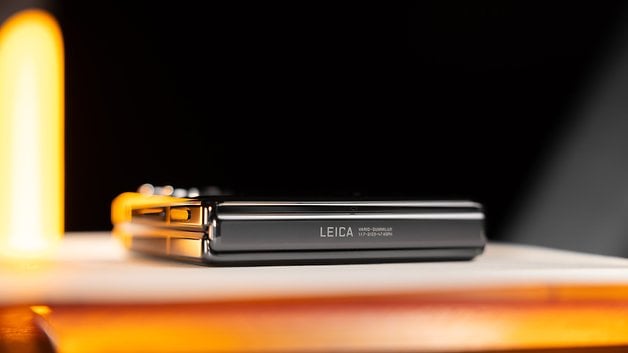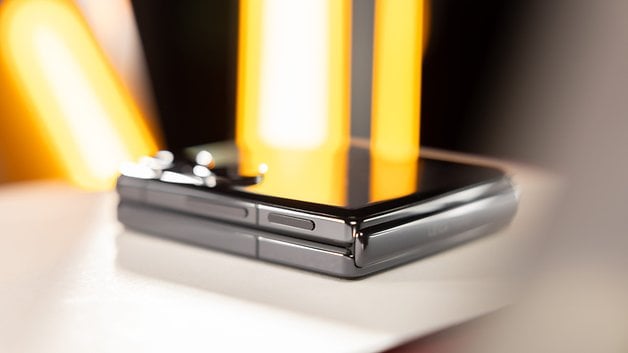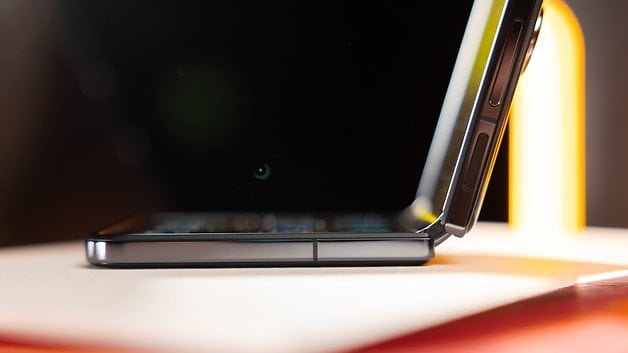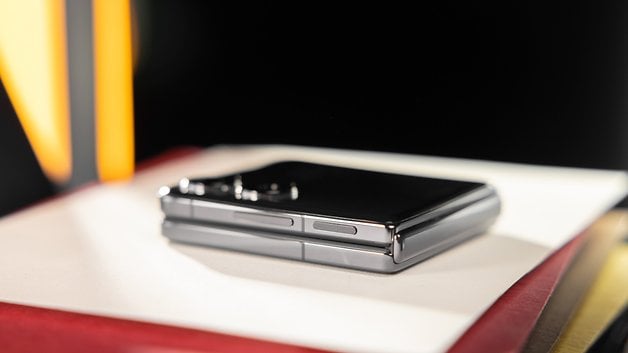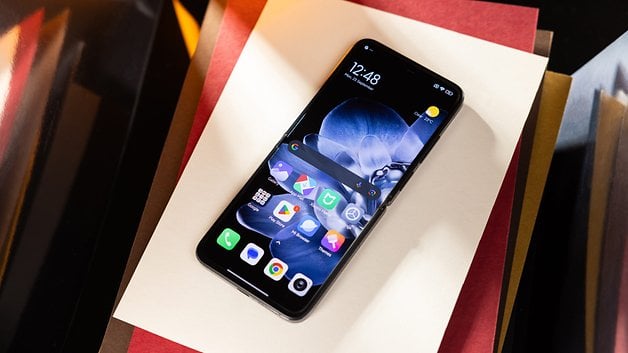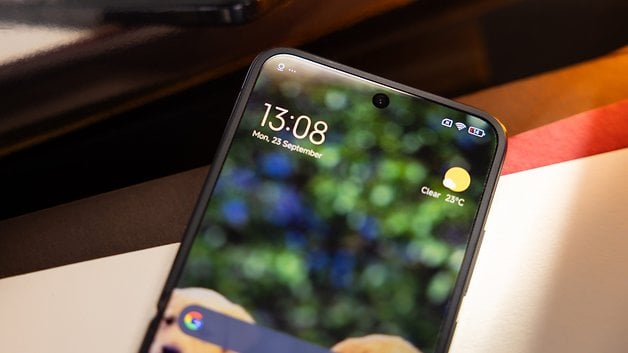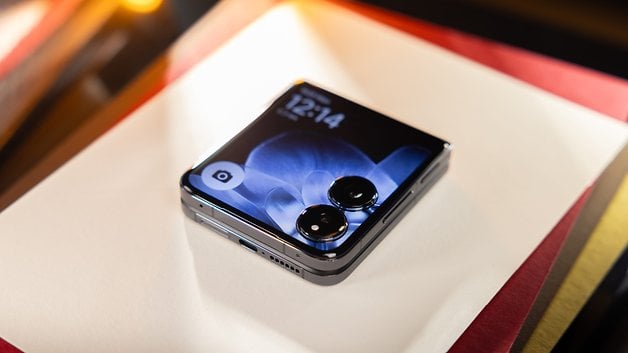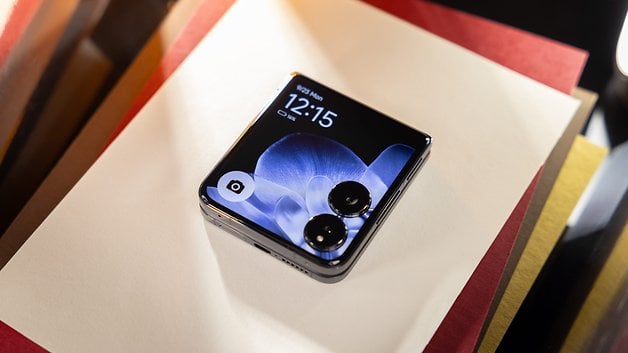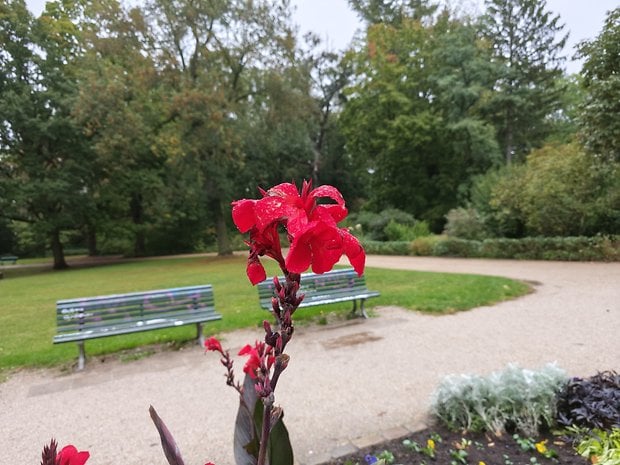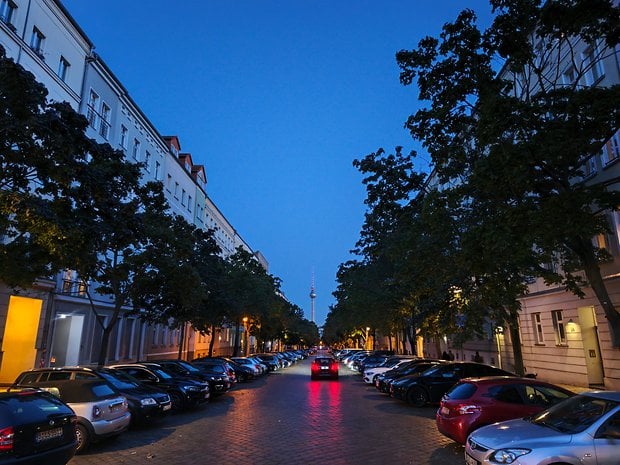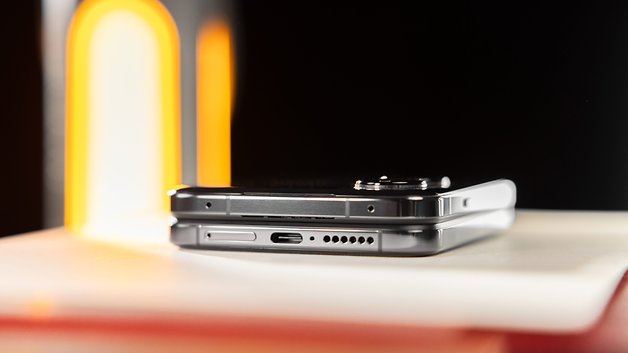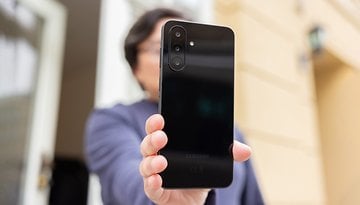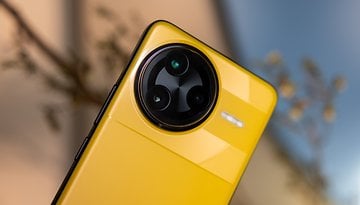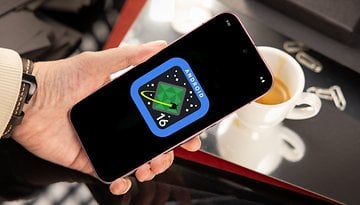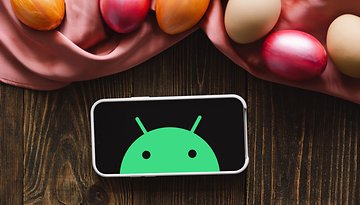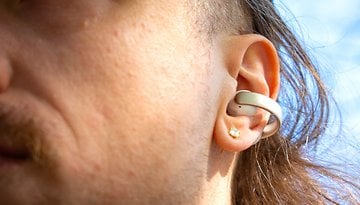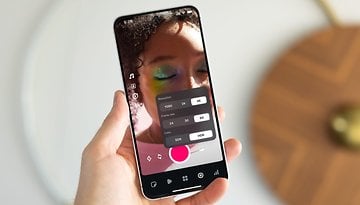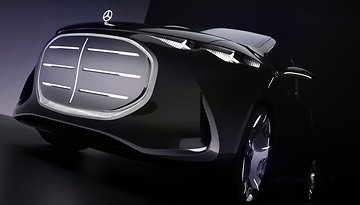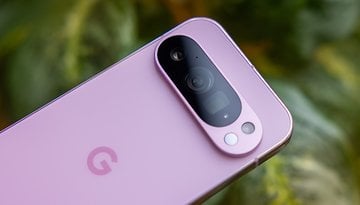Xiaomi Mix Flip Review: A Smartphone to Beat Samsung?
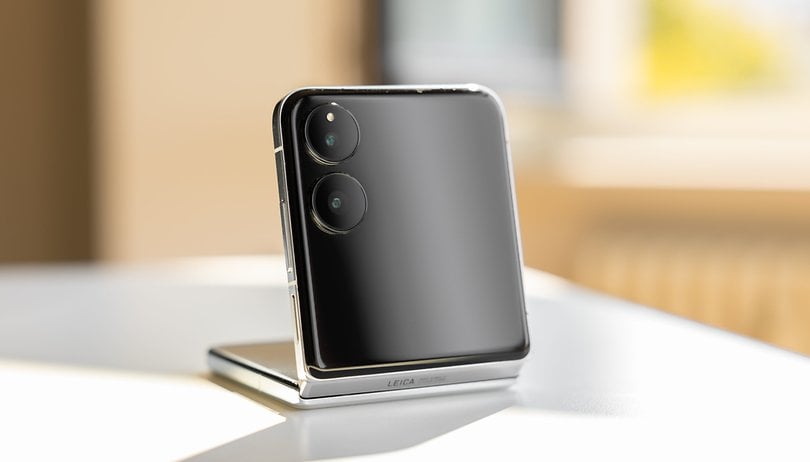

The Xiaomi Mix Flip is Xiaomi's first foldable clamshell smartphone to hit the market. It's also the only credible competitor to the Samsung Galaxy Z Flip 6 (review). In this review, I will let you know whether Xiaomi's breakthrough star stepping on Samsung's turf is a success or not.
Good
- Beautiful finish
- Large, bright, and functional cover screen
- Good photo quality
- Very good battery life and efficient fast charging
Bad
- Where are the AI functions?
- Overheating problems
- No IP rating
- No wireless charging
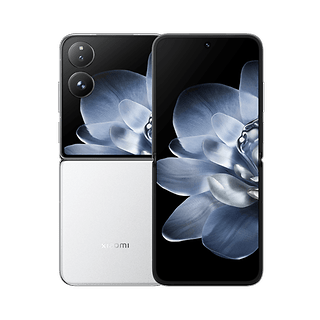
The Xiaomi Mix Flip in a nutshell
The Xiaomi Mix Flip has been available across various parts of the world since late September 2024. It arrives in a single 12/512 GB configuration with an asking price of €1,299. It is not available in the US on an official basis, hence there is no MSRP in US$. Those living in the US who are interested might want to check out grey or parallel imports at your own risk.
- We share who makes the best smartphones between Xiaomi and Samsung
Design and displays
The Xiaomi Mix Flip boasts a neat design with a matte glass finish at the back and a large cover screen in front. However, the smartphone lacks an IP rating. This is a major sin that most of its competitors no longer commit.
Pros:
- Beautiful finish.
- Solid hinge.
- 120 Hz refresh rate for the main screen.
- 120 Hz refresh rate for the cover display.
Cons:
- No IP rating.
- A fingerprint magnet.
- No protection specified for the glass back.
Design
The Xiaomi Mix Flip boasts an aluminum frame, a matte glass back with no special protection, and a 4-inch cover display protected by Xiaomi Shield Glass. Xiaomi's foldable smartphone comes in two colors: black and purple. The smartphone has no IP rating for protection against water and dust. Its hinge can remain opened at any angle, so the smartphone doesn't close by itself.
I found the design of the Xiaomi Mix Flip to be very neat. The matte back is pleasant to the touch. The rounded corners make it comfortable to hold. The physical buttons on the left are easy to access, whether the smartphone is folded or fully opened. The absence of an IP rating is regrettable considering how the Galaxy Z Flip 6 comes with an IP48 certification. The Motorola Razr 40 (review) and Razr 40 Ultra (review) feature IP52 certification. As for the steel hinge mechanism, it proved to be solid enough and offered sufficient resistance.
Displays
The Xiaomi Mix Flip's cover display is a 4-inch AMOLED. Resolution stands at 2912 x 1224 with a pixel density of 460 dpi. The refresh rate stands at 120 Hz (not LTPO) and brightness can hit 3,000 nits at peak.
The internal, foldable screen is a 6.86" OLED panel with flat edges and a 22:9 aspect ratio. Resolution and pixel density remain the same as the external display. The refresh rate varies between 1 and 120 Hz (LTPO) and maximum brightness is also 3,000 nits at peak.
I really enjoyed using the Xiaomi Mix Flip's cover display. It's bigger than that of the Galaxy Z Flip 6's 3.4 inches. The user interface also adapted well to prevent the two top-left camera lenses from getting in the way. The ability to use actual applications and not just widgets is also a big plus point.
The internal screen is also very large. Colorimetry is rather vivid and I quite liked it. This foldable screen is also very bright. The crease is visually discreet, but it can still be felt when touched. Finally, I would have liked the bezels of the screen to be a little thinner.
Interface and OS
The Xiaomi Mix Flip runs on HyperOS, Xiaomi's skin which is based on Android 14. The smartphone should receive four Android updates and five years of security updates. Unfortunately, Xiaomi followed Apple's sad example by overselling AI features in a totally sloppy manner, bordering on false advertising.
Pros:
- 4 Android updates + 5 years of security updates.
- Highly customizable cover display.
- HyperOS is still great for multitasking.
Cons:
- AI functions, where the hell are they?!
AI Notes, AI Interpreter, AI Portrait, etc... On Xiaomi's official website, the suite of AI features looked very cool. Unfortunately, almost none of these features are available on the Xiaomi Mix Flip. Just like Apple, Xiaomi seemed to have improvised a little too much and resembles a modern-day video game developer who sells an incomplete product on the back of a promise of future updates that will arrive who knows when.
Fortunately, I was able to locate these functions on the Xiaomi 14T Pro (review) which was lying around the editorial office. I'll be back with a full-length article on the subject, but I'm not going to dwell on it in this review. I'm well aware that not everyone considers AI functions to be indispensable. However, Xiaomi is really shooting itself in the foot with such opaque communication. It's so complicated to make a list of which functions will be available on which model, and when!
Apart from that, the primary new feature of HyperOS (review) is the customization menu for the Mix Flip's cover display: you can choose between several lock screen styles with various wallpapers and clock designs. The same goes for the Always-on Display mode.
The available widgets are rather limited but I found them nice. There's weather, clock, calendar, health, and music. These widgets are displayed below the camera lenses and they do not take up too much space.
Best of all, you can use certain applications in their "full" version, and not just as widgets. The list of supported apps is not very long though. Xiaomi once again promised to add more support via...you've guessed it — future updates. Here's a hopefully exhaustive list of compatible apps:
- YouTube / Camera / Messages / Phone / Calendar / Calculator / Music / Weather / Voice recorder / Clock / Google / Chrome / Mi Fitness
I think this makes the Xiaomi Mix Flip's foldable clamshell format all the more relevant. The cover display doesn't just function as an extra screen. It's functional and allows me to read insults in the comments of my articles without having to unfold my smartphone and waste my energy.
Performance and SoC
The SoC of the Xiaomi Mix Flip is the Qualcomm Snapdragon 8 Gen 3. The smartphone comes with 512 GB of UFS 4.0 storage and 12 GB of LPDDR5X RAM. Despite such firepower, Xiaomi's clamshell smartphone struggles to handle the raw performance of its chip.
Pros:
- Powerful graphics performance with 60 FPS for gaming.
Cons:
- Too easy to overheat.
In the 3D Mark graphics banchmarks used for this review, the Xiaomi Mix Flip had major overheating issues. I couldn't obtain a score because the smartphone would shut down when it overheated.
This cannot be attributed to Xiaomi's lack of knowledge in optimizing temperature control. It has to do with the Mix Flip's design. The chassis of a clamshell smartphone is very narrow, and heat diffusion is poor. Even the Galaxy Z Flip 6, with the same SoC, only achieved 38% stability on the 20-minute 3D Mark Wild Life Stress Test Extreme. That's already a pretty bad score.
In contrast, a "regular" smartphone like the Xiaomi 14T Pro, powered by an equivalent chip, achieved 88% stability.
| Xiaomi Mix Flip (Snapdragon 8 Gen 3) |
Samsung Galaxy Z Flip 6 (Snapdragon 8 Gen 3) |
Xiaomi 14T Pro (Dimensity 9300+) |
|
|---|---|---|---|
| 3D Mark Wild Life Extreme | 4,477 | 4,892 | 5,088 |
| 3D Mark Wild Life Stress Test Extreme | Overheated | Best loop: 4,735 Worst loop: 1,815 Stability: 38.33 |
Best loop: 2,983 Worst loop: 2,633 Stability: 88.3% |
| AnTuTu | 1,819,590 | 1,456,322 | 2,013,101 |
| Geekbench 6 | Single: 2,134 Multi: 6,828 |
Single: 2,259 Multi: 6,915 |
Single: 2,188 Multi: 7,158 |
In practical use, I was able to run demanding games like Arena Breakout at 120 FPS without too many problems. When it comes to longer gaming sessions, expect some framerate loss.
The smartphone tends to heat up around the cover display, especially around the cameras. Note that it never really got too hot, either.
Photo quality
The Xiaomi Mix Flip features a dual camera module on its cover screen. There's a main lens and a 50 MP telephoto lens each, missing out on an ultra wide-angle lens. The internal screen houses a 32 MP selfie lens. Despite a sometimes fickle focus and average selfie quality, I was pleasantly surprised by the photo quality of the Xiaomi Mix Flip.
Pros:
- Effective main lens for both day and night shots.
- Portrait mode offers a wealth of possibilities.
- Versatile camera module despite the lack of an ultra wide-angle lens.
Cons:
- The telephoto lens' digital zoom is not very effective.
- Redundant selfie camera.
Main lens quality
In daylight, and despite bad weather, I found the photos captured to be very detailed. As long as you don't activate the "AI camera" mode, colorimetry remains rather natural. You can always choose between the Leica Vibrant or Leica Authentic effect. I much prefer the Vibrant version. The Leica Authentic mode darkens photos too much and creates a vignette effect that dulls colors and accentuates certain contrasts too much.
Personally, the absence of an ultra wide-angle lens didn't bother me at all. I'd much rather have a dedicated telephoto lens than an ultra wide angle.
Zoom quality
The Xiaomi Mix Flip's 50 MP telephoto lens can operate a 2x optical zoom, a 4x hybrid zoom, and 5x, 10x, and 20x digital zooms. The 2x optical zoom is always effective. The 4x hybrid zoom smoothened the image a little too much to limit digital noise. As a result, photos lose a fair amount of sharpness.
With digital zoom, artifacts spoiled the rendering too much. At 10x and 20x, we have major sharpening problems, with the edges of subjects highlighted because the algorithm accentuated the micro-contrasts of the edges to make the subject more visible despite the blur created by digital noise.
Selfie and portrait mode quality
The selfie camera is useless for photography. That's not a problem at all. The selfies I took by turning the smartphone upside down and using the main lens were all very good. The portrait mode also worked very well. You can change the depth of field manually, as well as the zoom level.
Focal lengths of 23 and 35 mm are covered by the main lens, and those of 50 and 75 mm by the telephoto lens. There's plenty of choice to create beautiful bokeh effects. The ability to use the cover screen as a viewfinder is also very practical.
Night-time quality
At night, Xiaomi always pleasantly surprised me. I've had a few worries about lens flare, because I'm totally rubbish at composition and don't think to watch out for street lamps lying around. However, the level of detail and legibility of the scene are still top-notch, without sacrificing the natural look of the night ambience. However, these remarks only apply to the main lens. The other two lenses are less useful at night, especially the 32 MP selfie camera.
As for video, the Xiaomi Mix Flip can record in 4K at 60 FPS with all its lenses. This is excellent as the main lens can even do 8K at 24 FPS, but that's of little interest to me.
Battery and charging
The Xiaomi Mix Flip's 4,780 mAh battery proved itself very durable. The 67W fast charging is very decent. Unlike the Galaxy Z Flip 6, the Xiaomi Mix Flip does not support wireless charging but at least it includes the charger in the box.
Pros:
- Excellent battery life.
- Efficient 67W charging.
- Charger is included.
Cons:
- No wireless charging support
On the PC Mark benchmark, the Xiaomi Mix Flip lasted 15h 32 before dropping below the 20% battery mark. That's a very good score. For this test, I left the smartphone fully opened. In everyday use, the smartphone will spend most of its time folded. There's no doubt that this will extend its battery, since the cover display is bound to consume less energy.
As for charging, it took me just over 50 minutes to go from 0 to 100% with the official 67W charger. In 20 minutes, the smartphone had recovered more than half its capacity.
| Charging speed | Xiaomi Mix Flip (4780 mAh | 67 W ) |
|---|---|
| 5 minutes |
|
| 10 minutes |
|
| 20 minutes |
|
| 30 minutes |
|
| Full charge |
|
Technical data
| Technical data | ||
|---|---|---|
| Device | Xiaomi Mix Flip | |
| Image | 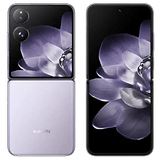 |
|
| Display | External screen:
|
Internal screen:
|
| SoC |
|
|
| Memory |
|
|
| OS |
|
|
| Camera module |
|
|
| Selfie camera |
|
|
| Battery |
|
|
| Connectivity |
|
|
| IP certification |
|
|
| Dimensions and weight |
|
|
Conclusion
Would I recommend you buy the Xiaomi Mix Flip? Yes and no.
In my opinion, the Xiaomi Mix Flip is more interesting and less expensive than the Samsung Galaxy Z Flip 6, its direct competitor. Its photo quality is better and its camera module is more versatile.
It also has a slight edge in terms of battery life as well, not to mention a faster charging rate. The cover display is also much more functional than Samsung's.
But the absence of an IP rating on such an expensive smartphone really bothered me. During my photo session in the rain, I was really stressed about subjecting the Xiaomi Mix Flip to the slightest drop of water.
Overheating problems were also a serious flaw in my eyes. And that's not even entering the half-baked attempts of including AI functions which still remained in my mind. Samsung's foldable clamshell smartphone also offers a better software upgrade policy than Xiaomi.
However, I felt the Xiaomi Mix Flip managed to take better advantage of the clamshell format than its Samsung rival. In that sense, it's a more relevant smartphone. And, sorry to repeat myself, it is less expensive.
What do you think of the Xiaomi Mix Flip after this comprehensive review? Do you think it's more interesting than the Samsung Galaxy Z Flip 6? Can Xiaomi dislodge Samsung from its throne at the top of the foldable smartphone market?
